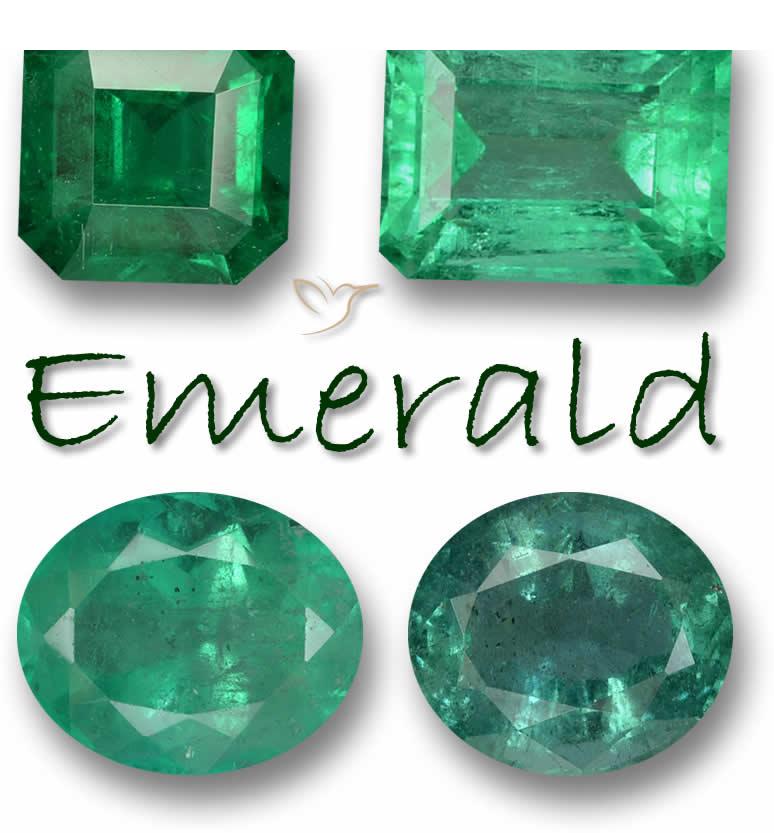
Gemstone emerald - a bit of history
Contents:
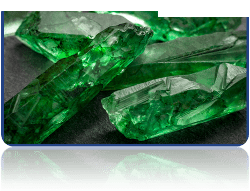
Smaragdos from Greek, Smaragdus from Latin. From these two words comes our today's hero. Emerald. Beryl belongs to the group of silicates. Emeralds are among the most captivating gemstones in the world and the most sought after collectible gems. The oldest emerald mines were located near the Red Sea and were known as "Cleopatra's Mines" where the pharaohs collected gemstones between 3000 and 1500 BC. The Incas and Aztecs of South America worshiped the emerald and treated it as a sacred stone. In India, whose arches were filled with emeralds, they considered it a precious stone that brings good luck and health.
 Emerald color - which color to choose?
Emerald color - which color to choose?
Their incomparable dark green color is obtained only in extremely rare natural conditions. These conditions also cause the appearance of small cracks and inclusions in the stones, so their appearance is acceptable in the highest quality emeralds. Emerald inclusions can be gaseous, liquid or mineral such as calcite, talc, biotite, pyrite or apatite. A particularly valuable emerald is the Trapitium emerald, in which we can observe the pattern of a six-pointed star in the cross section of the crystal. This variety is grown in Colombia, in the districts of Chivor and Muzo. Such beautiful green emeralds are due to impurities of chromium and vanadium. More than once, probably, everyone has heard the phrase "emerald green". It came from nothing, emerald green - the most beautiful. This is why color is so important in judging. The shade of emeralds starts from light green. Of course, such stones cost much less than dark green stones. When the color has the right shade, evenly distributed throughout the stone, such specimens can cost more than diamonds.
Appearance of emeralds
There was such a film as "Love, Emerald and Crocodile". The title of the film is closely related to the setting. Colombia, the largest producer of emeralds, is the place to find specimens of the most beautiful color. Of course, this is not the only place where we can find emeralds. They are associated with metamorphic rocks, pegmatite veins, as well as sands and gravels of secondary deposits. True, beryllium and chromium are not very often found next to each other, however, emeralds can also be found (among others) in Brazil, the Urals, India, the USA, Tanzan. You can also find them in Poland, but we will not find specimens here that can be used in jewelry. (Lower Silesia)
 Properties of emeralds
Properties of emeralds
Just behind sapphires and rubies, that is eight on the Mohs scale. It is indeed a hard stone, but it is also very brittle. It manifests pleochroism, i.e. color change depending on the angle of incidence of light. Emeralds have their own important identification feature. Namely, inclusions. It is rare to find a stone without inclusions, clean inside, if it is a collector's item of great value. Thanks to this knowledge, we will get acquainted with natural sapphire at a glance, when we do not notice any inclusions or impurities, we can be sure that we are dealing with synthetic, i.e. artificial stone.
How much is an emerald worth?
It seems that there is no answer to such a question, probably there is no answer to such a question in the case of exchanging an emerald for any other precious stone. As with diamonds and other gemstones, emeralds are graded at 4C, i.e. color, cut, clarity, weight (ct). Most gemologists agree that the most important thing about an emerald is its color. It should be even and not too dark. Rare and more expensive emeralds are deep greenish-bluish in color, while more affordable emeralds have a lighter green color. The cutting of emeralds is also very important, the first cut of the crystal allows to maximize its desired green color while minimizing inclusions and blemishes. Some of the emeralds in private collections or museums weigh hundreds of carats and are considered priceless.
 emerald jewelry
emerald jewelry
Emerald belongs to the "big three" colored stones. Together with sapphire and ruby, they are the most coveted gems in the world. As mentioned above, emeralds have inclusions and inclusions that reduce the strength of the stone, which makes them very fragile. Emerald jewelry should be handled with care, because the stone can be easily damaged. Grinders have the same difficult job. In their case, the stone can be damaged even before it is inserted into the jewelry. In the case of an emerald with a ring or earrings or pendant, a special step cut called the emerald cut is most commonly used. The round brilliant cut is also quite popular. Rings with emeralds look beautiful on the finger, and necklaces with huge emeralds have adorned the cutouts of crowned heads for centuries. Emeralds alone look beautiful framed by jewelry, as well as those next to diamonds. Now world stars also wear jewelry with emeralds. Angelina Jolie has wonderful gold emerald earrings in her collection, a beautiful emerald ring was seen on Elizabeth Taylor's hand, and the British royal family owns several wonderful pieces framed by seals, tiaras and necklaces. In the museum in Vienna (Kunsthistorisches) there is a dark green vase 10 cm high and weighing 2681 carats. It is the largest piece carved from a single emerald crystal.
Emerald - a symbol of life
Emerald green symbolizes spring, the awakening of life. In ancient Rome, it was a color that symbolized the beauty and love of the goddess Venus. Perhaps that is why the emerald is the perfect gift for those born in May, people under the sign of the Ox, as well as for celebrating 20, 35 or 55 wedding anniversaries. Today, the emerald is a symbol of fidelity, peace and security, a symbol of rebirth and a new beginning. It is associated with everything that we associate green with. Giving an emerald means that we value the recipient very much.
Check out our collection of knowledge about all gems used in jewelry
- Diamond / Diamond
- Ruby
- amethyst
- Aquamarine
- Agate
- ametrine
- Sapphire
- Emerald
- Topaz
- Tsimofan
- Jade
- morganite
- howlite
- Peridot
- Alexandrite
- Heliodor
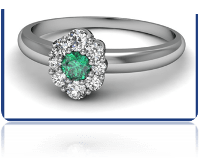 Emerald color - which color to choose?
Emerald color - which color to choose?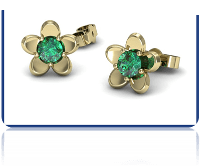
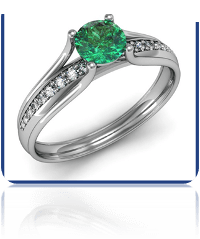 Properties of emeralds
Properties of emeralds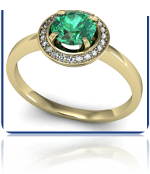
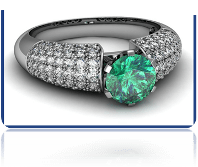 emerald jewelry
emerald jewelry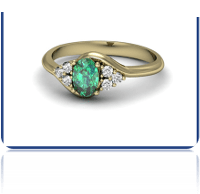
Leave a Reply